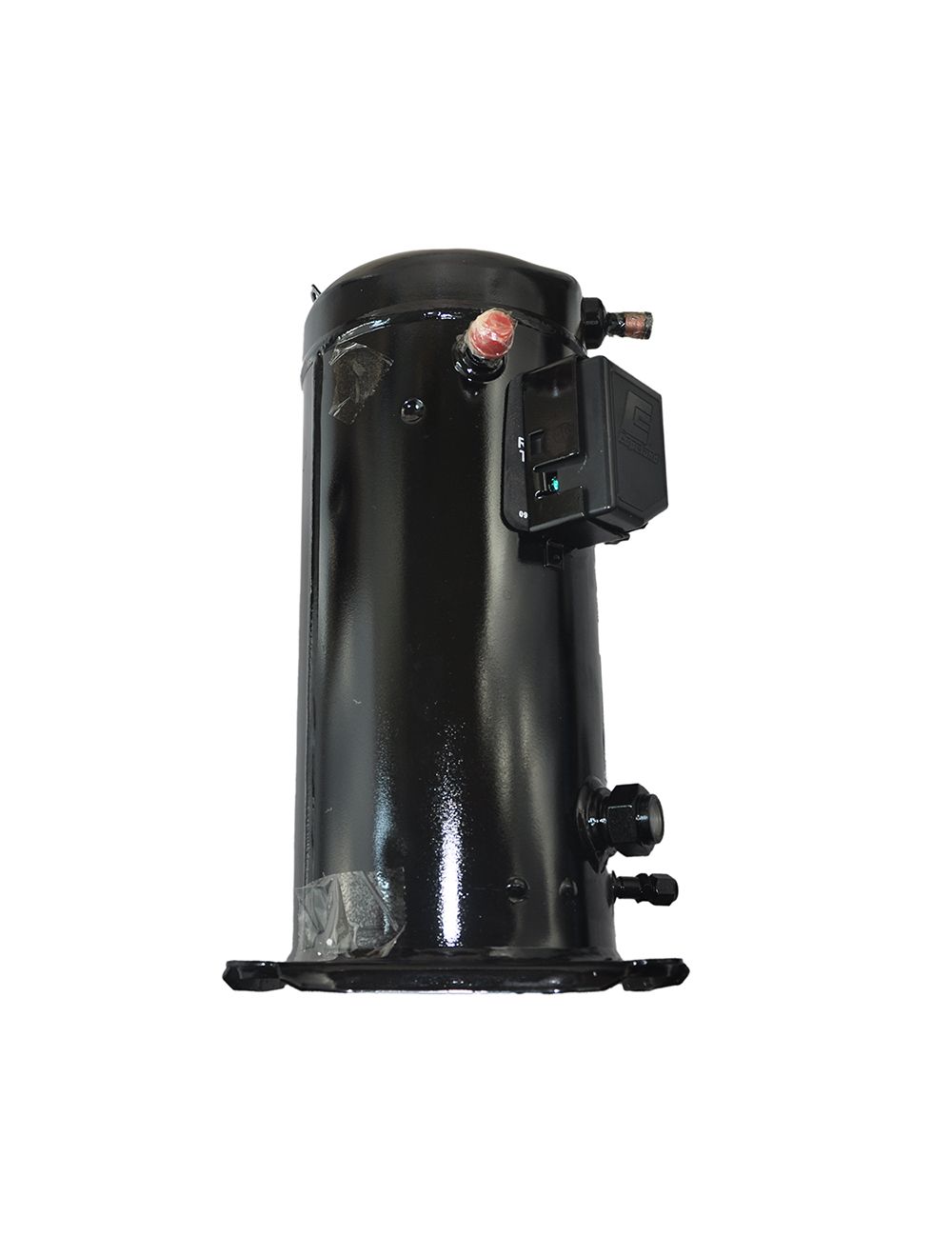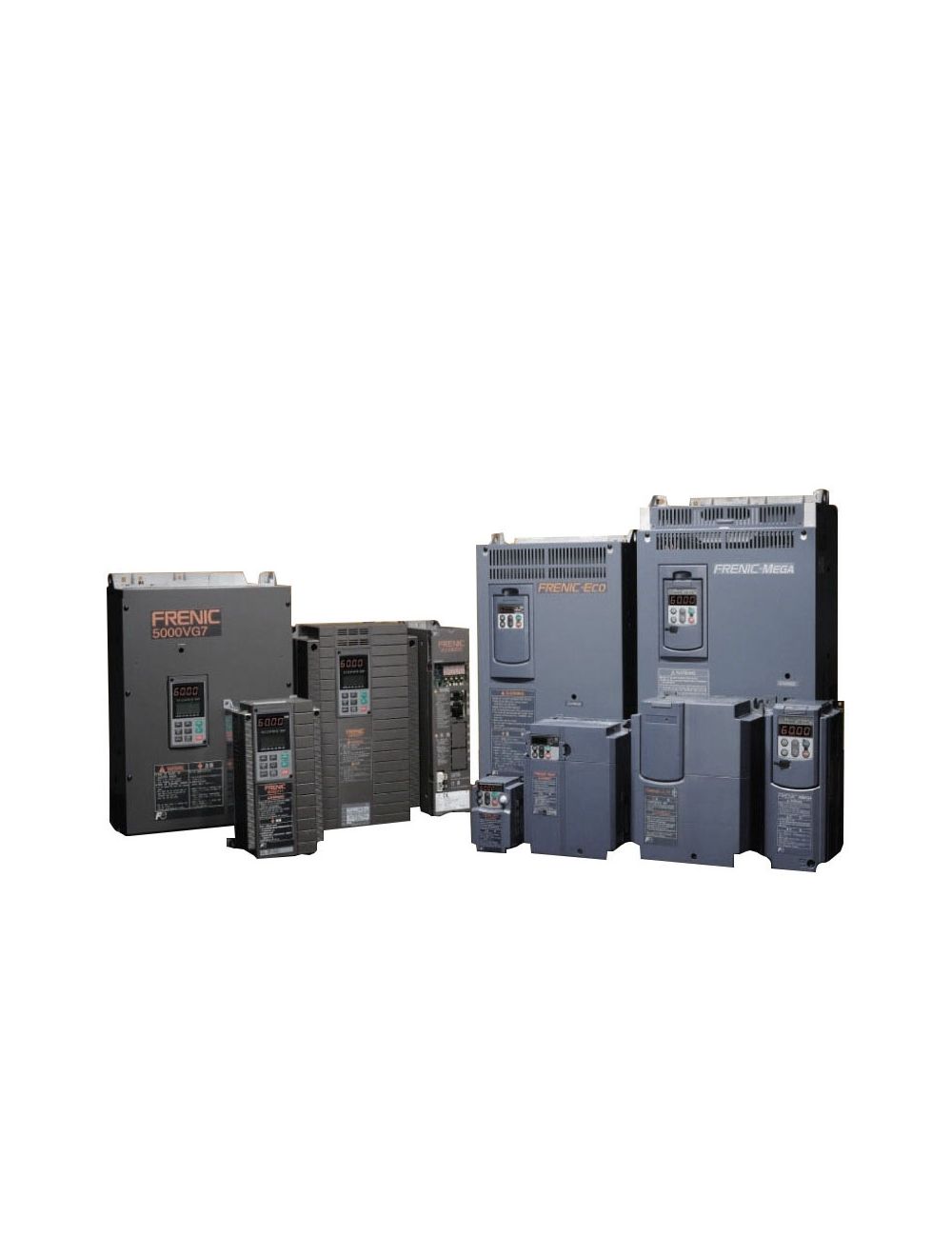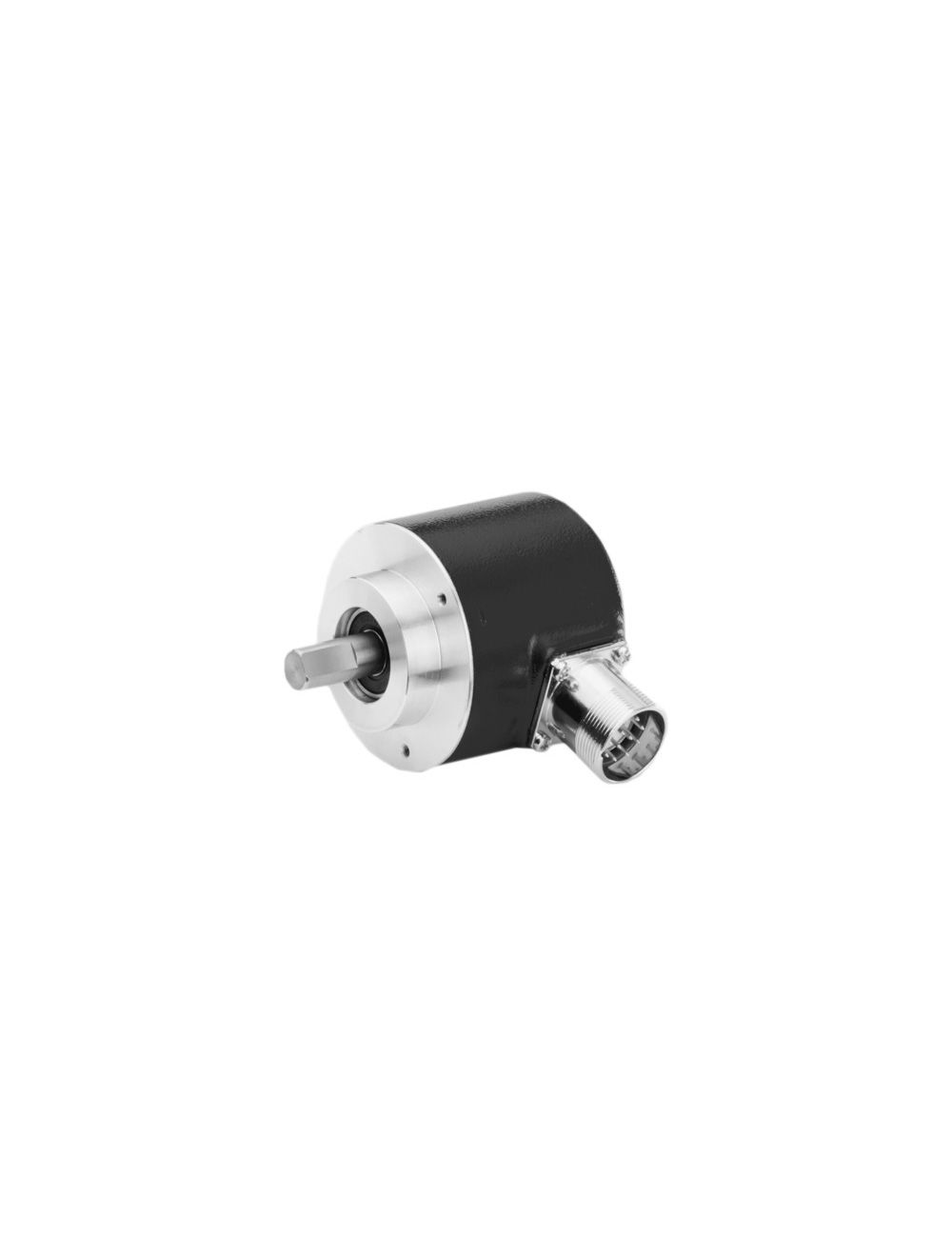Refrigeration equipment design the role of solenoid valves, thermal expansion valves, four-way valves, gate valves, and butterfly valves
Electromagnetic valve (Electromagnetic valve) is an industrial equipment controlled by electromagnetic. It is an automation basic component used to control fluid. It is an actuator and is not limited to hydraulic and pneumatic. Used in industrial control systems to adjust the direction, flow, speed and other parameters of the medium. The solenoid valve can cooperate with different circuits to achieve the desired control, and the accuracy and flexibility of the control can be guaranteed. There are many types of solenoid valves. Different solenoid valves play a role in different positions of the control system. Commonly used are check valves, safety valves, directional control valves, speed control valves, etc.
Thermal expansion valve controls the flow of refrigerant into the evaporator by controlling the superheat of the gaseous refrigerant at the outlet of the evaporator. The thermal expansion valve realizes the throttling from the condensing pressure to the evaporating pressure, while controlling the flow of the refrigerant; although its volume is small, it has a huge effect. Its work quality directly determines the working quality of the entire system, in the best way Supply liquid to the evaporator to ensure the stable superheat of the refrigerant vapor at the outlet of the evaporator. The temperature sensing bulb must be in good contact with the suction pipe of the compressor to accurately sense the suction temperature of the compressor. It is usually filled with the refrigeration system The same refrigerant inside, so that the pressure feedback through the temperature sensor is the saturation pressure of the type of refrigerant corresponding to the compressor suction temperature. The expansion valve ensures that when the operating environment changes (such as thermal load changes) ), to achieve the evaporator z* and z* best liquid supply mode, the filling volume of the temperature sensing bulb is only corrected based on the complete evaporation of the liquid refrigerant in the temperature sensing bulb at a certain temperature, this It is equivalent to setting an upper limit for the pressure feedback from the temperature sensing bulb above the expansion valve diaphragm, because if the temperature of the tube wall continues to increase, it will only increase the temperature of the gaseous refrigerant inside the temperature sensing bulb (in a superheated state), and the pressure Basically no longer change.
Four-way valve, a term for hydraulic valve, is a control valve with four ports. The four-way valve is an indispensable part of the refrigeration equipment. Its working principle is that when the solenoid valve coil is in the de-energized state, the pilot slide valve is driven by the right compression spring to move to the left, and the high pressure gas enters the capillary tube and enters the right piston chamber. On the one hand, the gas in the left piston cavity is discharged. Due to the pressure difference between the two ends of the piston, the piston and the main slide valve move to the left, so that the exhaust pipe communicates with the outdoor unit connector, and the other two connectors communicate to form a refrigeration cycle.
Gate valve (gatevalve) is a valve that uses a gate as an opening and closing member and moves along the vertical direction of the valve seat axis to achieve opening and closing actions. The gate valve can only be fully opened and fully closed. The opening and closing part is a gate, and the movement direction is perpendicular to the direction of the fluid. The two sealing surfaces of the square I-shaped gate valve form a wedge. The wedge angle varies with the valve parameters, usually 5°, and the medium temperature When it is not high, it is 2°52'. Improve the manufacturability of the gate valve and compensate for the deviation of the angle of the sealing surface during the processing. This kind of gate is called an elastic gate.
Butterfly valve refers to a kind of valve whose closing part (disc or butterfly plate) is a disc, which rotates around the valve shaft to achieve opening and closing. It mainly plays the role of cutting off and throttling on the pipeline. The butterfly valve opening and closing part is a disc-shaped butterfly plate, which rotates around its own axis in the valve body to achieve the purpose of opening and closing or adjustment. Butterfly valves are suitable for pipelines transporting various corrosive and non-corrosive fluid media in engineering systems such as generators, coal gas, natural gas, liquefied petroleum gas, city gas, cold and hot air, chemical smelting and power generation and environmental protection, for regulation and cutting The flow of the medium. Butterfly valve classification includes: handle butterfly valve, turbine butterfly valve, pneumatic butterfly valve, electric butterfly valve and so on.
Ball valve refers to a valve that uses a sphere with a circular through hole as an opening and closing part, and the sphere rotates with the valve stem to realize the opening and closing action. The standard GB/T21465-2008 "Valve Terminology" is defined as: the opening and closing part (sphere) is driven by the valve stem and rotates around the axis of the square ball valve. Utilization can also be used for fluid adjustment and control. Among them, the hard-sealed V-shaped ball valve has a strong shear force between its V-shaped ball core and the metal seat of the hard alloy surfacing. It is especially suitable for fibers and small solid particles. Materials and other media. The multi-way ball valve can not only flexibly control the confluence, divergence, and flow direction switching of the medium on the pipeline, but also close any channel to connect the other two channels. This type of valve should generally be installed horizontally in the pipeline. Ball valve classification: pneumatic ball valve, electric ball valve, manual ball valve.
Check valve is also called one-way valve or check valve, its function is to prevent the medium in the pipeline from flowing back. The bottom valve of the pump to close the water is also a check valve. Forged steel check valves have two body cover connection design forms: the first is the body cover bolt connection forged steel check valve, the valve designed according to this connection form, the valve body and the bonnet are bolted, and the wound gasket The advantage is that it is easy to maintain. The second type of body cover is fully welded and sealed forged steel check valve. The valve is designed according to this connection form. The valve body and the valve cover are connected by screw mosquitoes. The advantage is that there is no leakage. .
Balance valve is a valve with dynamic and static balance adjustment under hydraulic conditions. It is a valve with a special function. In some industries, because the medium (all kinds of flowable substances) has a large pressure difference or flow difference in each part of the pipeline or container, in order to reduce or balance the difference, between the corresponding pipeline or container Equipped with a balance valve to adjust the relative balance of pressure on both sides, or to achieve flow balance by means of split flow.
The float valve is a curved arm and a floating ball that automatically controls the liquid level of a water tower or pool. It is simple to maintain, flexible and durable, and has high liquid level control accuracy. The water level is not interfered by water pressure and is tightly opened and closed without water leakage. Floating ball valves are divided into ordinary carbon steel series (WCB&A105), stainless steel series (304,316), low temperature steel series (LCB, LCC), sulfur resistant series, etc. based on the shell material according to different usage requirements.
Stop valve (GlobeValve), also known as shut-off valve, is a forced-sealing valve and one of the most widely used valves. The shut-off valve relies on the pressure of the valve stem to make the sealing surface of the disc and the sealing surface of the valve seat closely fit, preventing the flow of the medium. Since the medium is only allowed to flow in one direction, it has directionality during installation. The globe valves can be divided into direct-flow globe valves, angle globe valves, plunger globe valves, upper thread stem globe valves, lower thread stem globe valves, etc. They are durable, small in opening height, easy to manufacture, and convenient to maintain , Not only suitable for medium and low pressure, but also suitable for the characteristics of high pressure.
Refrigeration equipment design the role of solenoid valves, thermal expansion valves, four-way valves, gate valves, and butterfly valves
Recent related posts
08/06/2020
Refrigeration equipment design the role of solenoid valves, thermal expansion valves, four-way valves, gate valves, and butterfly valves
Electromagnetic valve (Electromagnetic valve) is an industrial equipment controlled by electromagnetic. It is an automation basic component used to control fluid. It is an actuator and is not limited to hydraulic and pneumatic.
08/06/2020
Principles that need to be followed when using antifreeze in industrial chillers
Principles that need to be followed when using antifreeze in industrial chillers<br></br> The role of antifreeze for industrial chillers is to prevent expansion and cracking of heat exchangers, pipes or engine cylinder blocks due to the freezing of the coolant.
08/06/2020
Precautions for drainage problems in cold storage design
In the era of modern technology development, the combination of cold storage design and automatic control is not too much. Now it is mainly concerned with the standardization of cold storage design.
08/06/2020
Material selection specification in cold storage design
In addition to heat insulation and moisture-proof materials, cold storage design materials include bricks, stones, cement, concrete, mortar, steel bars, and wood.
08/06/2020
Installation steps and precautions of valves in industrial chiller refrigeration systems
With the large-scale promotion of "Coal to Electricity" and "Coal to Clean Energy" projects, the use of air source heat pumps for independent domestic heating has become one of the leading energy-saving, comfortable, clean and stable ways.
08/06/2020
Installation and debugging methods and essentials of buffer hot water storage tank in heating system
With the large-scale promotion of "Coal to Electricity" and "Coal to Clean Energy" projects, the use of air source heat pumps for independent domestic heating has become one of the leading energy-saving, comfortable,
08/06/2020
How to tailor-made the construction of cold storage
The introduction and application of foreign advanced refrigeration technology and new thermal insulation materials have made a great breakthrough in the construction of cold storage in China.
08/06/2020
How to prevent cold bridge phenomenon in cold storage construction
In the cold storage, the so-called "cold bridge" is actually a bridge that transfers heat. In adjacent warehouses with different warehouse temperatures or between the inside and outside of the warehouse
08/06/2020
How to maintain the lubrication system of the chiller
In the operation system of the chiller, more attention is paid to the refrigerant circulation system, the chilled water circulation system and the electrical control system of the refrigerator. The lubrication system is often overlooked. As everyone knows, this system is also very important to the chiller.
08/06/2020
How to distinguish the authenticity of the compressor of the antifreeze chiller
The familiar "pump" is a mechanical device that can increase potential energy. For example, a water pump mainly pumps water from a low position to a high position.
Customers frequently viewed
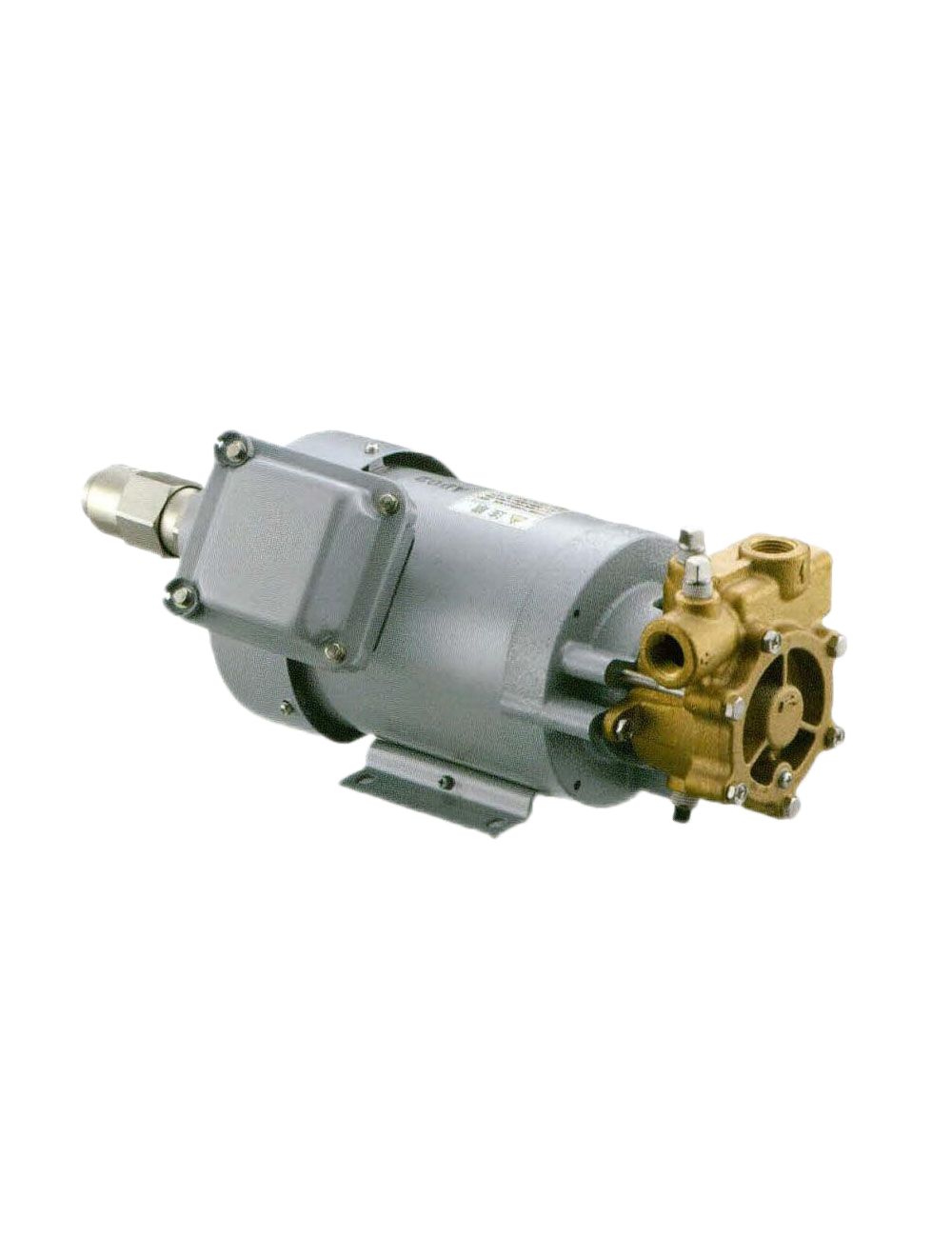
IWAYA DENKI Water Pump 25CJT0752

Panasonic Servo Motor MHMF022L1V2M
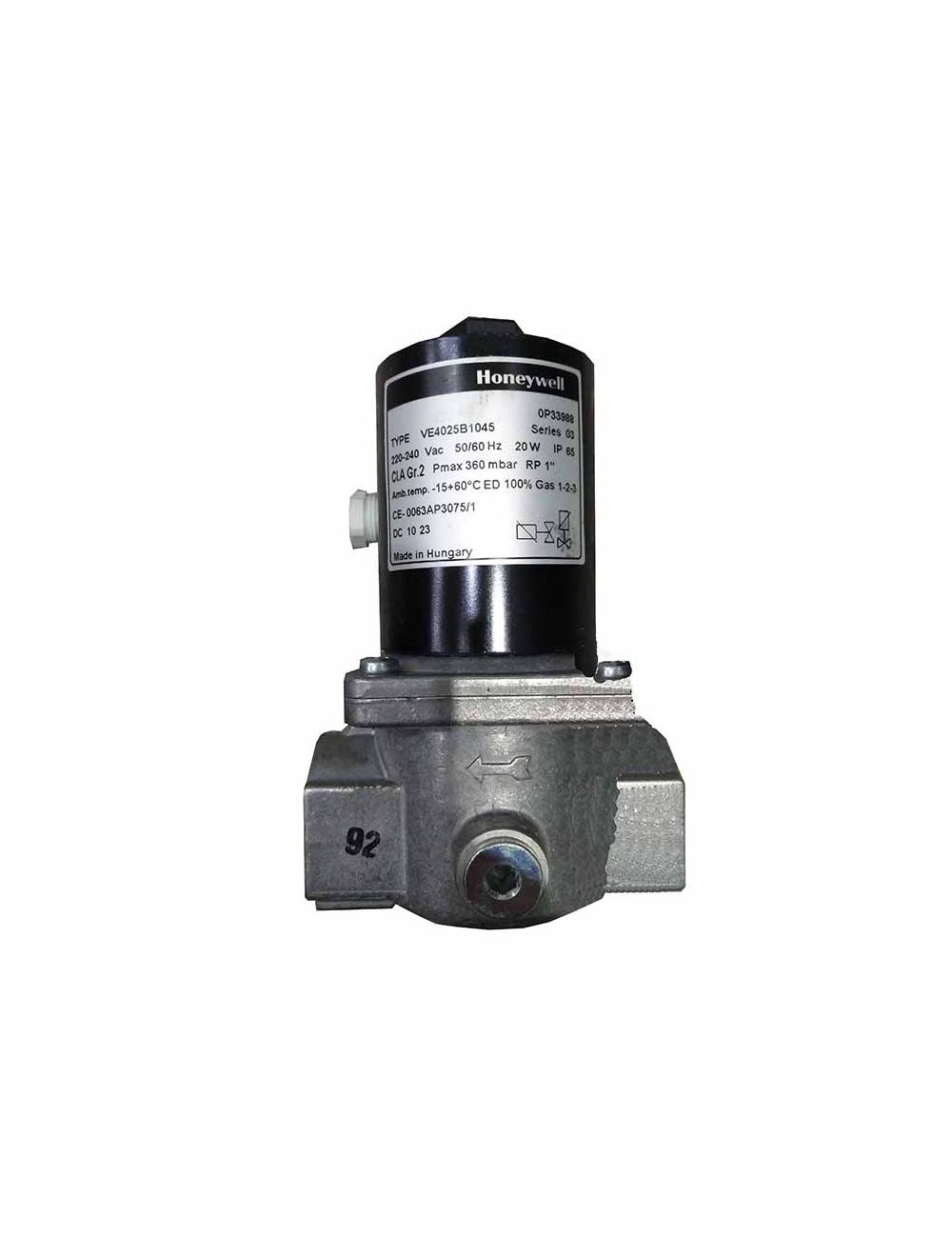
Honeywell Solenoid Valve VE4025B1045
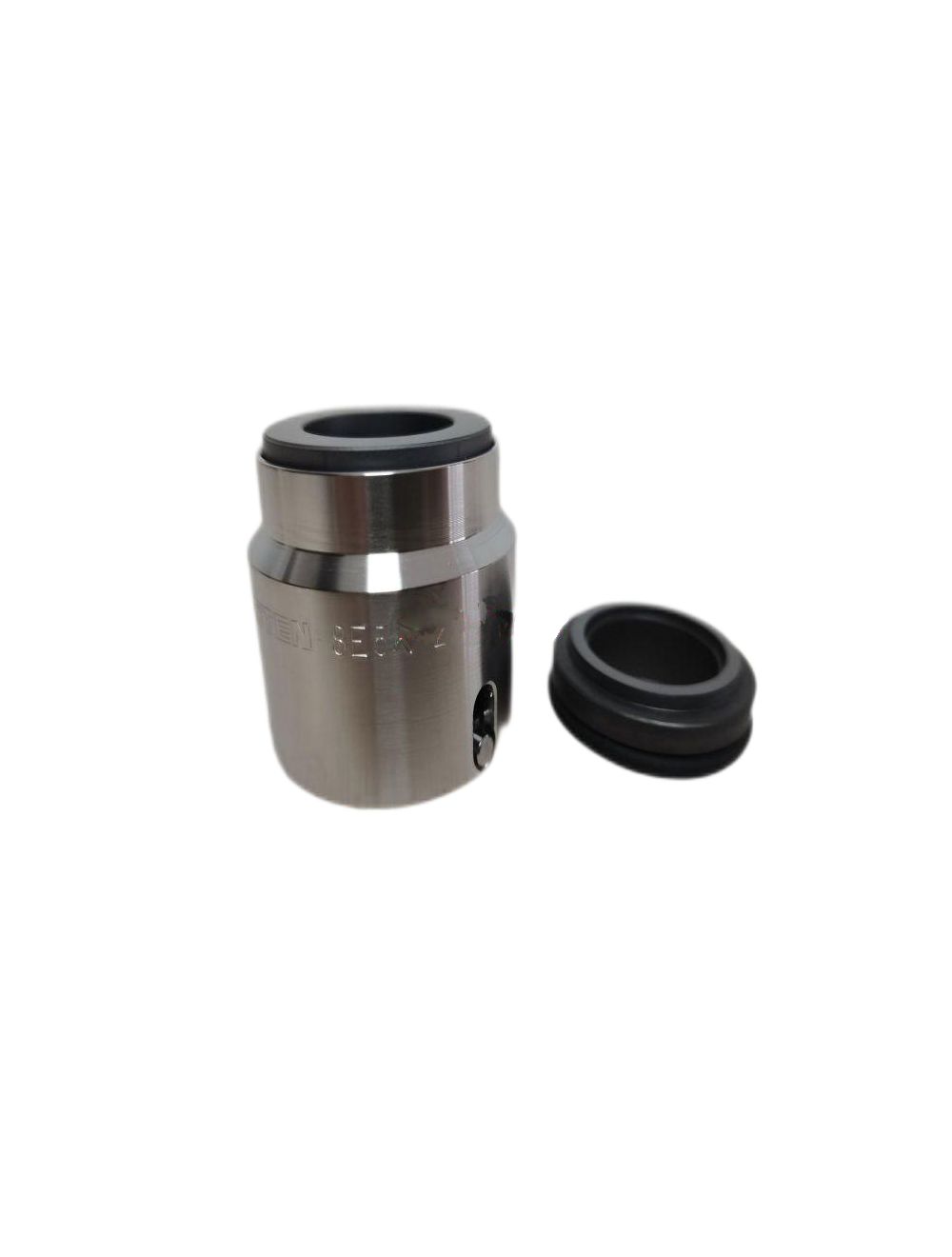
ROTEN Mechanical Seal 8E5K-22-X

Ding Zing Oil Seal UN28*36*5

Lovato Contactor CN6310220
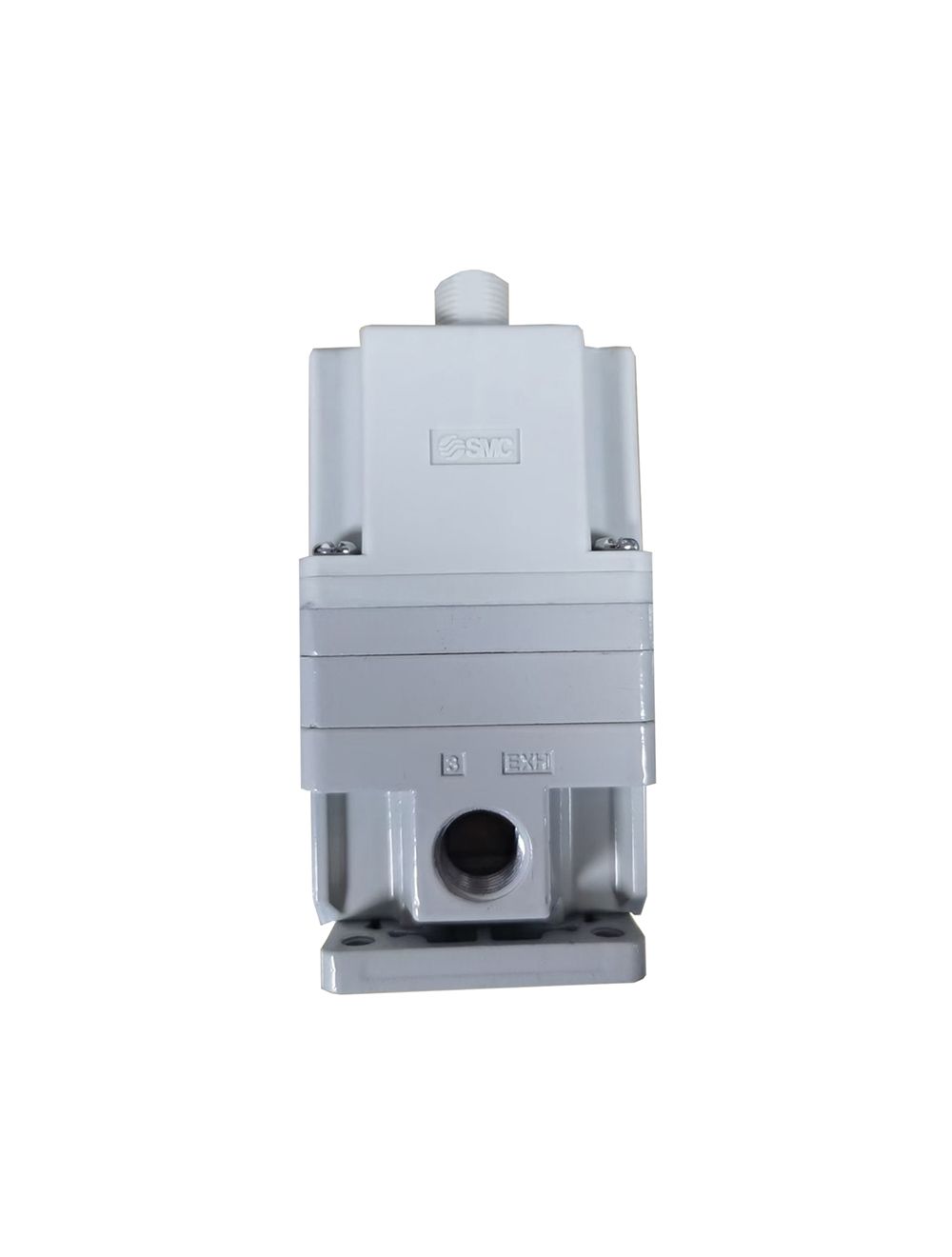
SMC Proportional Valve ITV2051-21N2N4
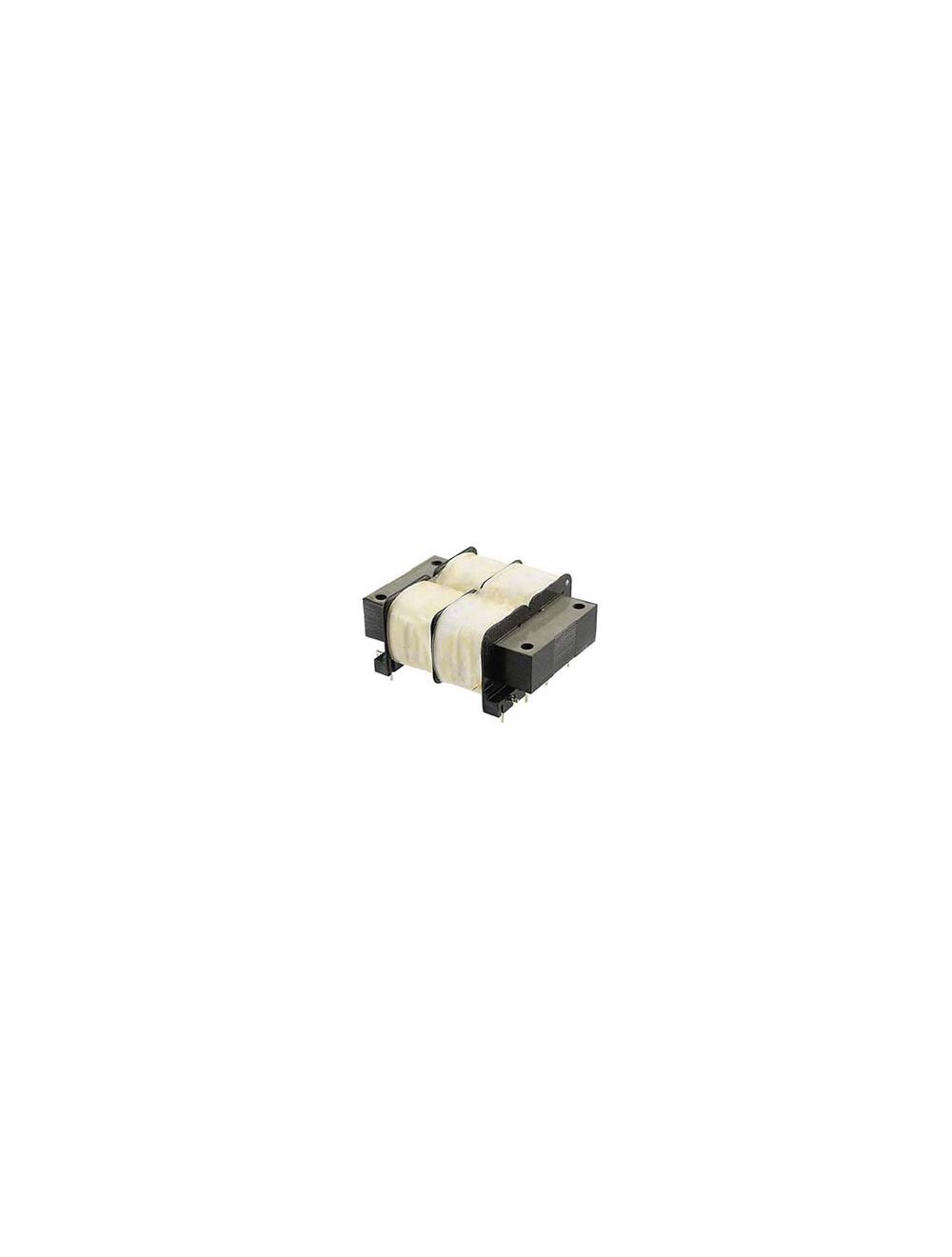
Tamura Transformer PF24-34
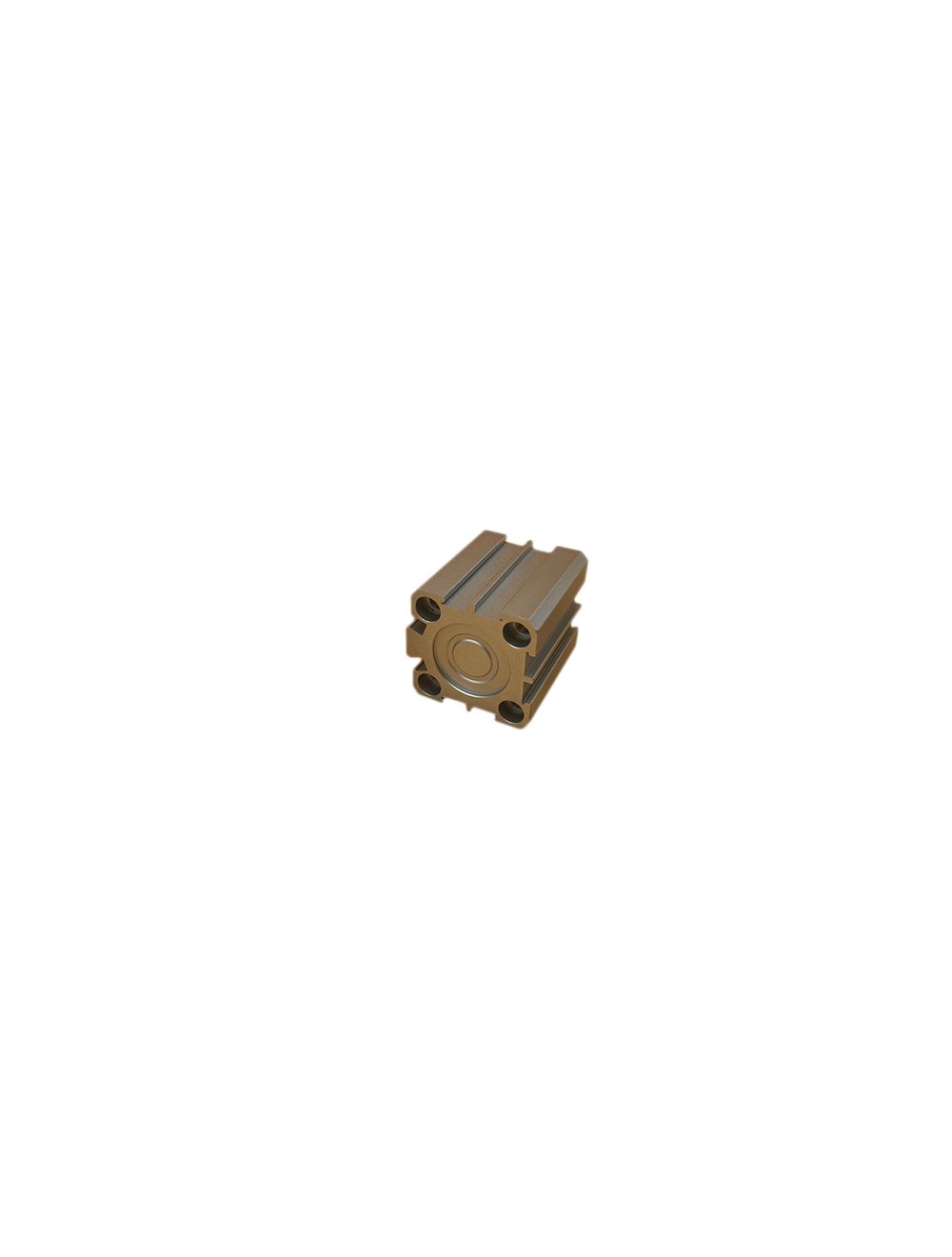
FULOS Air Cylinder SDA32-15

